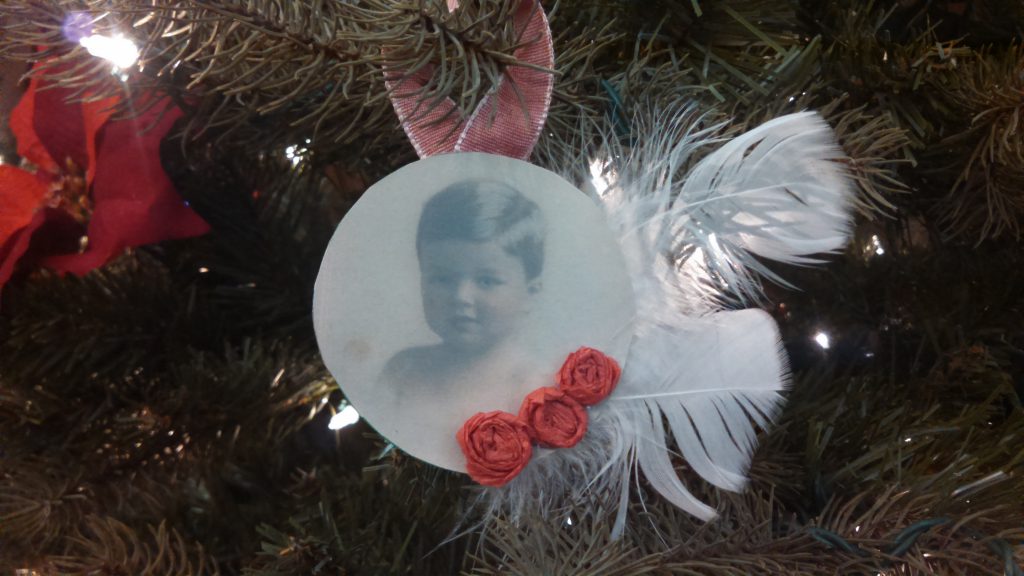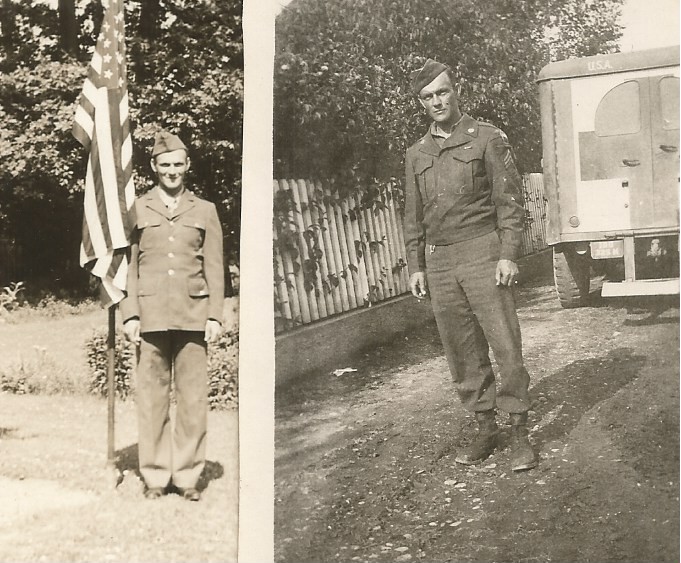
For many of us, Labor Day is synonymous with the last celebration of summer—a time for cookouts, sporting events, and a final day off before the school year begins and autumn arrives. The very existence of the federal holiday (established in 1894) reflects the successes of America’s labor movement at the end of the nineteenth century. Labor federations such as the National Labor Union and the Knights of Labor, were founded in the 1860s to champion the common interests of America’s workforce: better wages, a regulated work week, safe working conditions, and restrictions on child labor. These organizations, however, did not always present a united front—something that was evident in Boston at the turn of the twentieth century and a truth that became personal when researching my great-great grandfather Anders Gustavus Norander. Continue reading A Tale of Two Parades


